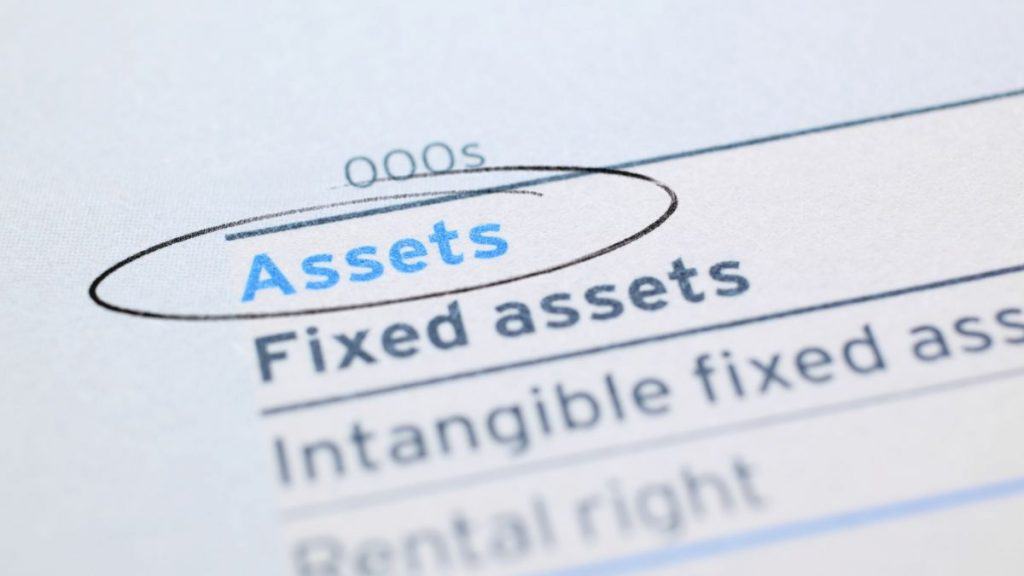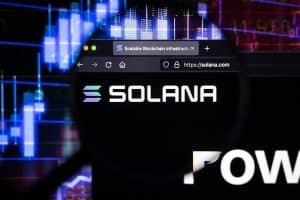Tangible Assets


What is Tangible Assets?
Tangible assets are material things that can’t be touchable. The phrase is typically used in reference to fixed assets, which include things like buildings and cars. Inventory and other short-term assets are not related to it since they are meant to be sold or converted into cash. Some companies’ primary competitive advantage is made up of tangible assets, particularly if such assets are used effectively to generate sales, due to their tendency to have solid, long-term values that are beneficial to a lender, tangible assets are widely used as collateral for loans.
Understanding of Tangible Assets
Any company’s core is made up of tangible assets. Though usually not for sale to customers, they constitute a significant portion of the company’s value. Instances of physical assets are:
- to provide goods or services
- to contribute to the business’ cashflow
- to raise cash in case of emergencies
- to meet businesses objectives and goals
- as collateral for loans
Since they fall under the fixed asset category, tangible assets are listed in the long-term assets part of a company’s balance sheet. They might be combined into a single summary figure or reported under other asset categories, including furniture.
Latest news about Tangible Assets
- Cryptocurrencies have gained popularity, making it crucial to protect them from fraud and hackers. To ensure the security of your bitcoin assets, choose the best crypto wallet, including hardware, software, and web wallets. Look for wallets with advanced security features like password protection, two-factor authentication, and biometric identification. Check the wallet’s history for hacks and security breaches. Store a backup of your private keys and seed words in a safe location, such as a hardware wallet and paper backup. Avoid keeping large amounts of bitcoin online in a hot wallet, keeping most funds in a cold, secure location.
- Coinbase’s research highlights the evolution and potential of tokenization in the financial world, from its roots in representing ownership of tangible assets to digitizing financial assets like sovereign bonds and money market funds. The Federal Reserve’s rate hikes and balance sheet changes have altered the financial ecosystem, reviving interest in blockchain’s core value. Higher bond yields have sparked interest in tokenized US Treasuries, contrasting the scenario in 2017. Coinbase predicts a consolidation phase focusing on financial verticals, jurisdictional limits, and technology stacks in the coming years. The pace of traditional firms’ adaptation will also play a crucial role in determining market leaders in this space. The consolidation efforts will focus on various financial, jurisdictional, and technological aspects as the financial climate changes.
FAQ
Tangible assets and fixed assets are related concepts, but they are not the same. Long-term, non-current assets used for corporate operations are referred to fixed assets, which are a subset of tangible assets. Fixed assets may not include other tangible assets, such as current assets like cash or goods.
You should sum up the current book value of each tangible asset that a business or other organization has in order to get the overall worth of tangible assets.
No, tangible assets do not include cash. Tangible assets are physical assets with a physical form, such as real estate, buildings, vehicles, and equipment.
« Back to Glossary IndexDisclaimer
In line with the Trust Project guidelines, please note that the information provided on this page is not intended to be and should not be interpreted as legal, tax, investment, financial, or any other form of advice. It is important to only invest what you can afford to lose and to seek independent financial advice if you have any doubts. For further information, we suggest referring to the terms and conditions as well as the help and support pages provided by the issuer or advertiser. MetaversePost is committed to accurate, unbiased reporting, but market conditions are subject to change without notice.
About The Author
Viktoriia is a marketing researcher and copywriter with a background in international relations. Her professional portfolio includes the writing of research papers focused on the import and export of products to Europe and Asia. Proficiency in the Chinese language and the time she has spent in China have extended her capabilities to master not only European markets but also those in China and Singapore. While currently living in Italy, Viktoriia continues to deepen her knowledge and skills in marketing and copywriting. Her experience allows her to perform analytical work and create texts on a diverse range of topics, ensuring accessibility to a broad audience.
More articles

Viktoriia is a marketing researcher and copywriter with a background in international relations. Her professional portfolio includes the writing of research papers focused on the import and export of products to Europe and Asia. Proficiency in the Chinese language and the time she has spent in China have extended her capabilities to master not only European markets but also those in China and Singapore. While currently living in Italy, Viktoriia continues to deepen her knowledge and skills in marketing and copywriting. Her experience allows her to perform analytical work and create texts on a diverse range of topics, ensuring accessibility to a broad audience.






















































